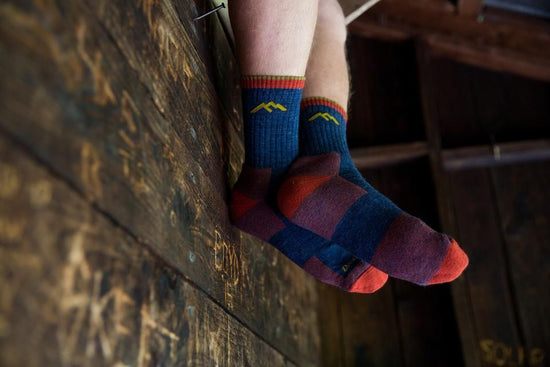The Delaware river starts with rain falling on what is known as the Hudson-Delaware divide in the Catskill Mountains of New York. Generally speaking, raindrops falling on easterly side of this divide flow down to the Hudson River and those falling not too far away on the western side will flow downhill to become the Delaware.
However, a rainstorm showering down on Woodchuck Hill in Jefferson, New York is an exception. Raindrops falling on this hill can flow down to the Hudson River, the Susquehanna River, or the Delaware River, and, later, that same water will end up in New York harbor, the Chesapeake Bay, or flowing under your tube on the way to the Delaware Bay.
The Delaware starts off as two smaller rivers in the Catskills. The larger one, called the West Branch, starts near Mount Jefferson in Schoharie County, NY, while the East branch starts at a small pond in Grand Gorge, NY. These two branches flow west to join in the town of Hancock, NY where the combined waters then begin to flow south through the Delaware Water gap, past Frenchtown, and on towards Trenton.
By the time the waters of the river travel from Mount Jefferson to Frenchtown they have dropped 2,513 feet in elevation (the height of two Empire State Buildings stacked on top of each other). And as the river travels downward along its course, it gathers water from 216 tributary streams and creeks and gets bigger and bigger until, finally, it runs past Trenton at the humongous rate of 86,000 gallons per second.
With no dams or other barriers on the main stream of the river, the Delaware is one of the few remaining large, free-flowing rivers in the United States. The perfect place for some world-class fishing, a lazy day of tubing, or just sitting on the shore while daydreaming about where the water came from and where it will go.
Login / Signup


